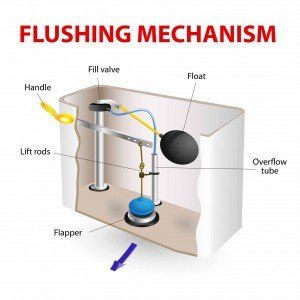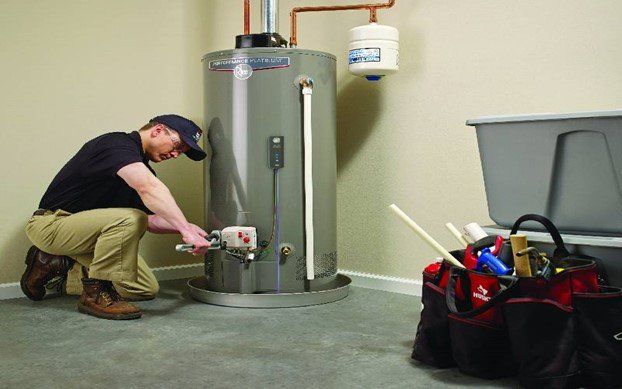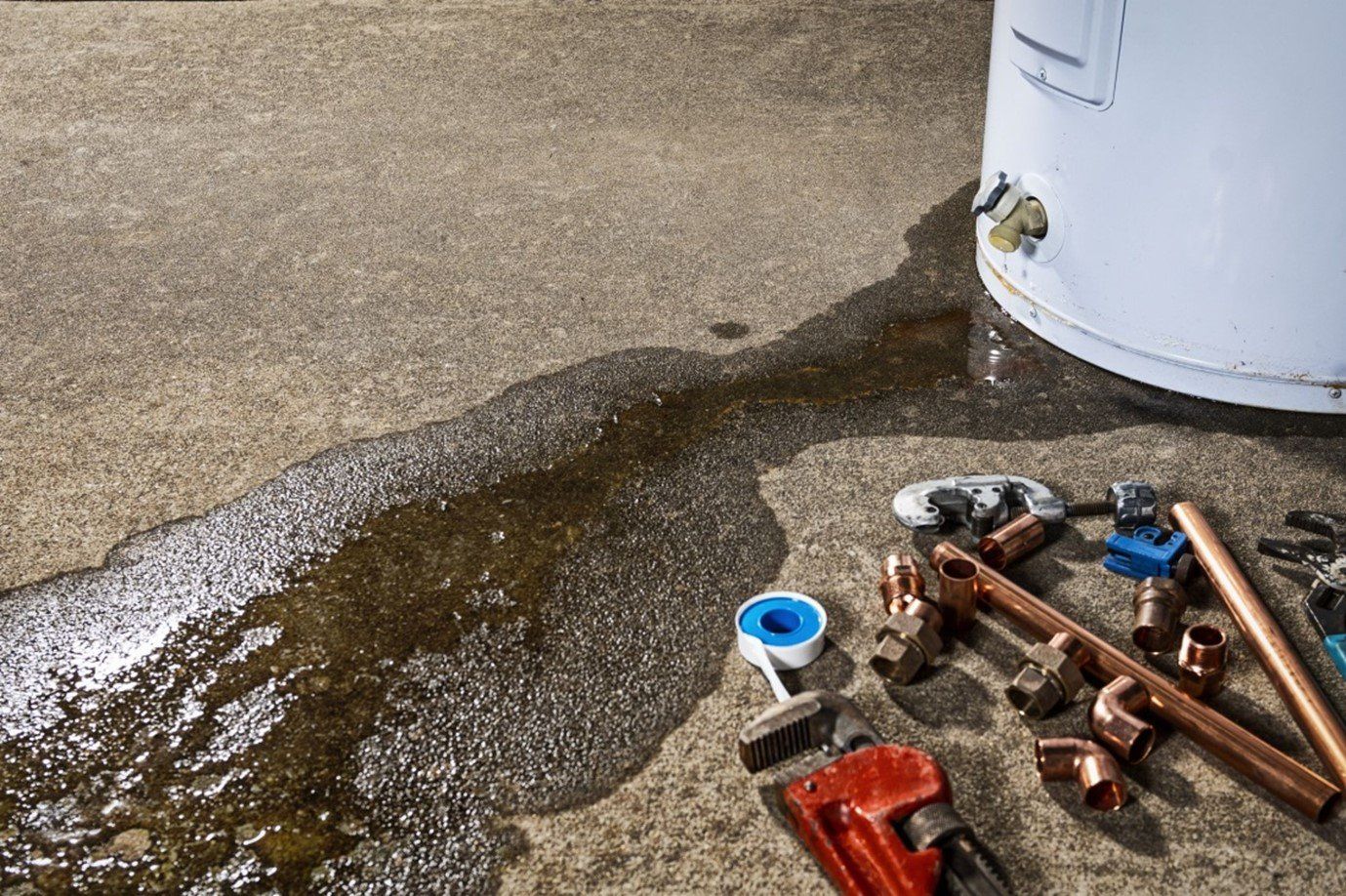Water Waste Concerns: Why Saving Water for Summer Months is Key
January 24, 2018
If you had to guess what the number one cause of wasted water is today, what would you guess?

If you said “leaks,” you would be correct. Leaks can spring up in all kinds of places and for all kinds of reasons.
There isn’t a season of the year where leaks are more costly – both in terms of water bill increases and the sheer volume of wasted water – than in the hot summer months.
In this post, learn why saving water for the summer months is so critical and how you can do your part.
Leaks Happen: Here are the Facts
No matter how conscientious you are as a homeowner, leaks often seem to have a mind of their own. Just when you fix a leaking faucet, you discover a hole in your hose.
The moment you fix the hole, a sprinkler head begins to drip. For this reason, finding and fixing household leaks can feel like a never-ending battle for both your time and your wallet.
But, like all of us, household leaks are not the only thing on your mind. For this reason, it can be easy to minimize or even miss their potential impact.
To this end, the U.S. Environmental Protection Agency (EPA) has compiled some statistics to demonstrate how truly costly hidden our unfixed leaks can be:
- The average home will leak away 10,000+ gallons of water each year.
- For 1 in every 10 homes, water leaks add up to 90+ gallons wasted per day.
- Just fixing existing leaks can add up to 10 percent in water bill savings annually.
- Enough water is wasted each year (approximately 1 trillion gallons) to provide for the water needs of 11 million additional homes!
Just in case you are having a hard time visualizing exactly what 1 trillion gallons of water looks like, imagine 40 million pools stacked end to end and side to side with 24 billion bathtubs full of water. That is a lot of water waste!
The Most Common Wasteful Water Leak Locations
If there is one thing you can count on, it is that it’s much faster and easier to spot hidden leaks if you know where to look for them.
Here is an overview of the most common places in the home where leaks spring up:
- Faucets and water fixtures
- Toilet flappers and valves
- Showers
- Water hoses and spigots
- Sprinkler heads
An Easy “Drip Calculator” Tool to Calculate Water (& Cash) Waste
Thanks to the U.S. Geological Survey Water Science School, you can access an easy, free tool to calculate exactly how much each drip of leaked or wasted water is costing you.
For your personal home, set the tool to “1 home.” Then estimate the number of faucets (or drip sites) and the average speed of the drips. Then click on “Submit Your Answers.”
Example: For 1 home with 3 leaking faucets producing drips at 1 drip per minute, that adds up to an estimated 104 gallons of water wasted each year.
You can then take the cost of your local water and multiply that by the amount of the water waste to calculate how much you are currently paying for water you aren’t even using.
A Water Meter Leak Test
If you don’t have enough information to use the U.S. Geological Survey tool because you don’t yet know how many leaks you may have or where they are or how fast they are dripping out water, you may want to start instead with a simple water meter leak test you can do at home.
Here is what to do:
- Set a time period (2 hours is usually good) when no one will use your household water.
- When the time period begins, go out and read your water meter. Write down the number.
- When the time period concludes, go out and read your water meter again. Write down the number.
- Compare the two numbers. If they do not match, you have a leak somewhere.
- Once you have determined that yes, in fact, you are leaking water somewhere, it is usually most expedient time-wise to have a plumber come out to find the leak and fix it.
Simple Household Fixture Upgrades to Conserve Water
The best way to begin your own home water conservation efforts is to locate your leaks and have them fixed. Luckily, most common leaks can be fixed with ease and little extra expense.
Here are some simple fixture fixes that can kick off your water conservation efforts at home:
- Replace worn-out toilet flappers.
- Replace worn-out faucet washers, o-rings and gaskets.
- Replace worn-out shower heads with low-flow heads.
- Replace or repair cracked or worn hoses and hose washers.
- Tighten hose spigots.
You may also want to have your plumber install a “flow sensor” to alert you about new leaks. You can install individual or whole-home sensors.
A Word About Outdoor Water Fixtures
Vast quantities of water are leaked away each year due to undetected leaks in outdoor fountains, water fixtures, jacuzzis and pools. You can test for water leaks in these outdoor fixtures using a bucket and a roll of tape.
By filling the bucket with water, marking the respective water lines in the bucket and the pool, waiting overnight and then observing the rate of evaporation in the bucket versus the pool the next day, you can tell if there is a leak in your water fixture.
When you first begin to work towards eliminating waste water in and around your home, it can feel like an enormous task. But as you find and fix each leak, you will notice it feels really good to know you are using each drop of water you pay for and saving the planet too!
You might also like

Why Won’t My Toilet Stop Running? DIY Toilet Parts Replacement White noise in the background can be a source of comfort, but the sounds of a toilet that won’t stop running are far from comforting. In addition to being annoying and disruptive, a constantly running toilet means that you are wasting loads of water- which




